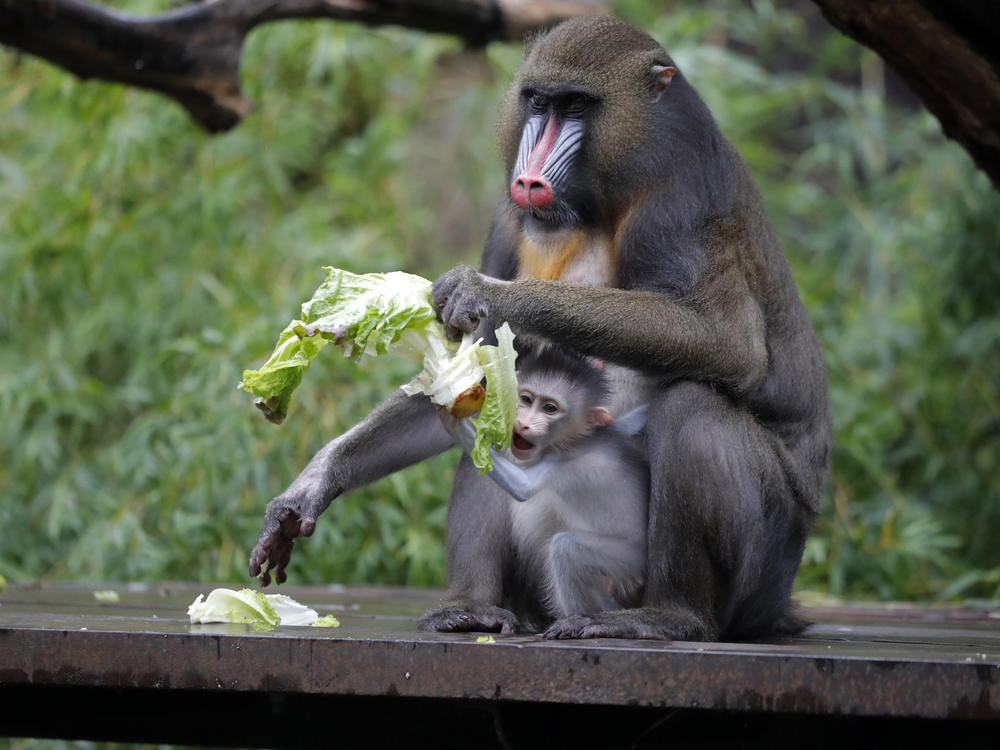Section Branding
Header Content
Opinion: What Lobsters And Ants Can Teach Us About Social Distancing
Primary Content
Ants do it. Lobsters do it. Even equatorial mandrills do it. Why don't many Americans do it: Wear masks and keep a wise social distance from each other?
Scientific American reports this week how several animals seem to know how to take precautions and keep their distance so they're less likely to be infected by a peer.
Spiny lobsters, for example — and really, aren't they all? — can apparently sniff out infection in the urine of another lobster, and don't get too close to them.
University of Florida researchers discovered this when a virus spread among spiny lobsters in the Florida Keys. As Dana M. Hawley and Julia C. Buck write in Scientific American, "Despite how unnatural it may feel to us, social distancing is very much a part of the natural world."
A 2018 study at the University of Bristol found that when ant colonies are exposed to a virus, ants keep their distance. Forager ants, who are out and about to scrounge up plant saps and insect eggs, stay outside of the colony, so they don't risk infecting the queen ant and her nurses. Reproduction can safely proceed.
I found mandrills, with their vividly colored countenances, to be the most intriguing. Mandrills don't just send text messages to each other. "Hey u up a tree?" They are highly social beings who live in groups and groom each other, which fosters cleanliness, family friendliness, and what scientists call social bonding.
A 2017 study of mandrills in Gabon found that they altered their grooming habits when they sensed — which is to say smelled — one of their group was infected. They didn't shun or abandon that family member. But they adjusted their grooming to be safer.
So why do so many humans decline to keep a safe distance from others under the threat of an infection when lobsters, ants and mandrills are so vigilant? Why do some people adamantly refuse to wear a face mask or keep six feet away from people?
Lobsters, ants and mandrills don't watch cable news. They can't scour the Internet and social media sites for gobbets of misinformation to fool themselves into thinking this virus which has sickened and killed so many is somehow unreal or hyperbolized. Animals have a sniff test.
I'm told a lot of lobsters listen to and support their local public radio stations. And all those tote bags clutter the ocean floor.
Copyright 2020 NPR. To see more, visit https://www.npr.org.

